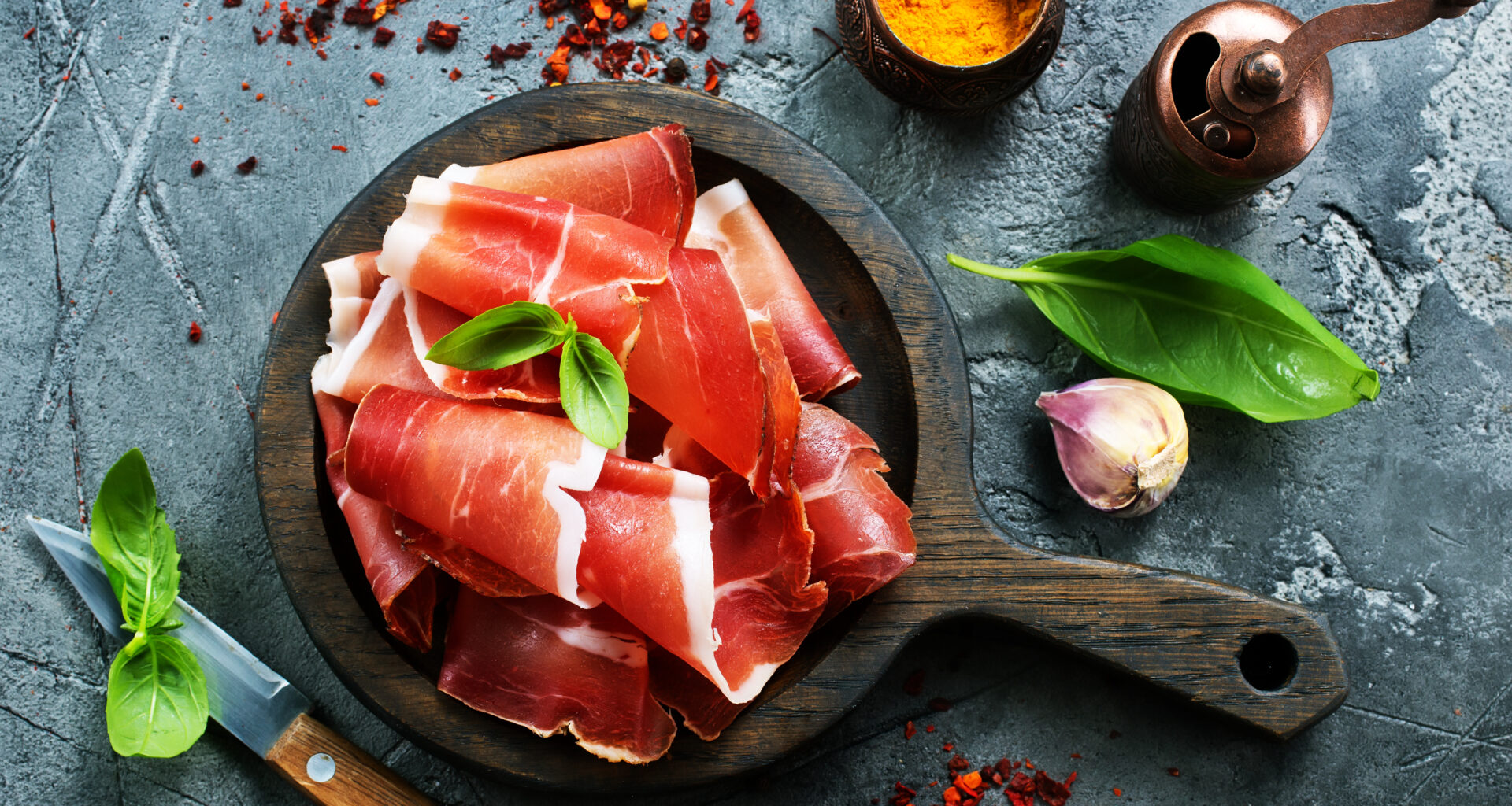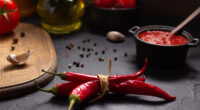
Picture yourself sitting at a rustic table in a quaint Spanish village, surrounded by beautiful landscapes and welcoming locals. As the aroma of mouthwatering Spanish ham fills the air, your taste buds awaken, eager to experience one of the finest delicacies the Iberian Peninsula has to offer. Spanish ham, known as “Jamón” in the local language, is not just food; it’s a centuries-old tradition and a symbol of Spanish culture, pride, and gastronomy. In this blog, we will delve into the fascinating world of Spanish ham, exploring its origins, different types, curing process, and the cultural significance it holds.
The Rich History of Spanish Ham
The history of Spanish ham dates back to ancient times, with evidence suggesting that the Iberian Peninsula was already producing cured ham during the Roman era. The key to its unique flavor and texture lies in the quality of the pigs and the traditional curing process passed down through generations. Spaniards take immense pride in their ham, and the methods used have remained relatively unchanged over the centuries.
Types of Spanish Ham
Jamón Ibérico: Regarded as the pinnacle of Spanish ham, Jamón Ibérico comes from the black Iberian pig, a native breed that roams freely in oak-rich pastures. The pigs’ diet, which includes acorns during the montanera (grazing season), imparts a distinct nutty flavor to the ham. There are different grades of Jamón Ibérico, such as “Jamón Ibérico de Bellota” (acorn-fed), “Jamón Ibérico de Recebo” (acorns and grains), and “Jamón Ibérico de Cebo” (grain-fed only).
Jamón Serrano: This ham is made from white pigs, which are raised in various regions throughout Spain. Although not as exclusive as Jamón Ibérico, Jamón Serrano is equally delicious and widely available. It undergoes a similar curing process, but with a milder flavor compared to its acorn-fed counterpart.
The Art of Curing
Curing Spanish ham is an art form that requires patience, skill, and perfect environmental conditions. The process begins with salting the ham and letting it rest for a specific period. Afterward, the ham is washed and left to dry in a controlled environment. During this stage, the ham develops a thin layer of mold, which protects it from excess drying and contributes to its distinctive taste. The final phase involves aging the ham in cool, dry cellars for an extended period, often ranging from months to several years, depending on the type of ham.
Cultural Significance
In Spanish culture, ham holds a special place, making appearances in various aspects of daily life and celebrations. From family gatherings and weddings to tapas bars and traditional festivities, ham is a ubiquitous presence. Spaniards savor thin slices of ham, often served with crusty bread or melon, accompanied by wine or sherry.
Furthermore, Spanish ham plays a significant role in the country’s economy, with certain regions becoming famous for their ham production, attracting both domestic and international tourists seeking an authentic culinary experience.
Conclusion
The world of Spanish ham is a treasure trove of flavors, history, and traditions. Its unique taste, brought about by careful breeding, the acorn-rich diet, and an intricate curing process, has earned it a reputation as one of the world’s most exquisite gastronomic delights.
If you ever have the opportunity to visit Spain, make sure to indulge in the mesmerizing experience of Spanish ham. Whether it’s the prized Jamón Ibérico or the more accessible Jamón Serrano, every bite will transport you to a realm of culinary bliss, revealing the soul of a nation that cherishes its food as much as its heritage. ¡Buen provecho! (Enjoy your meal!)











